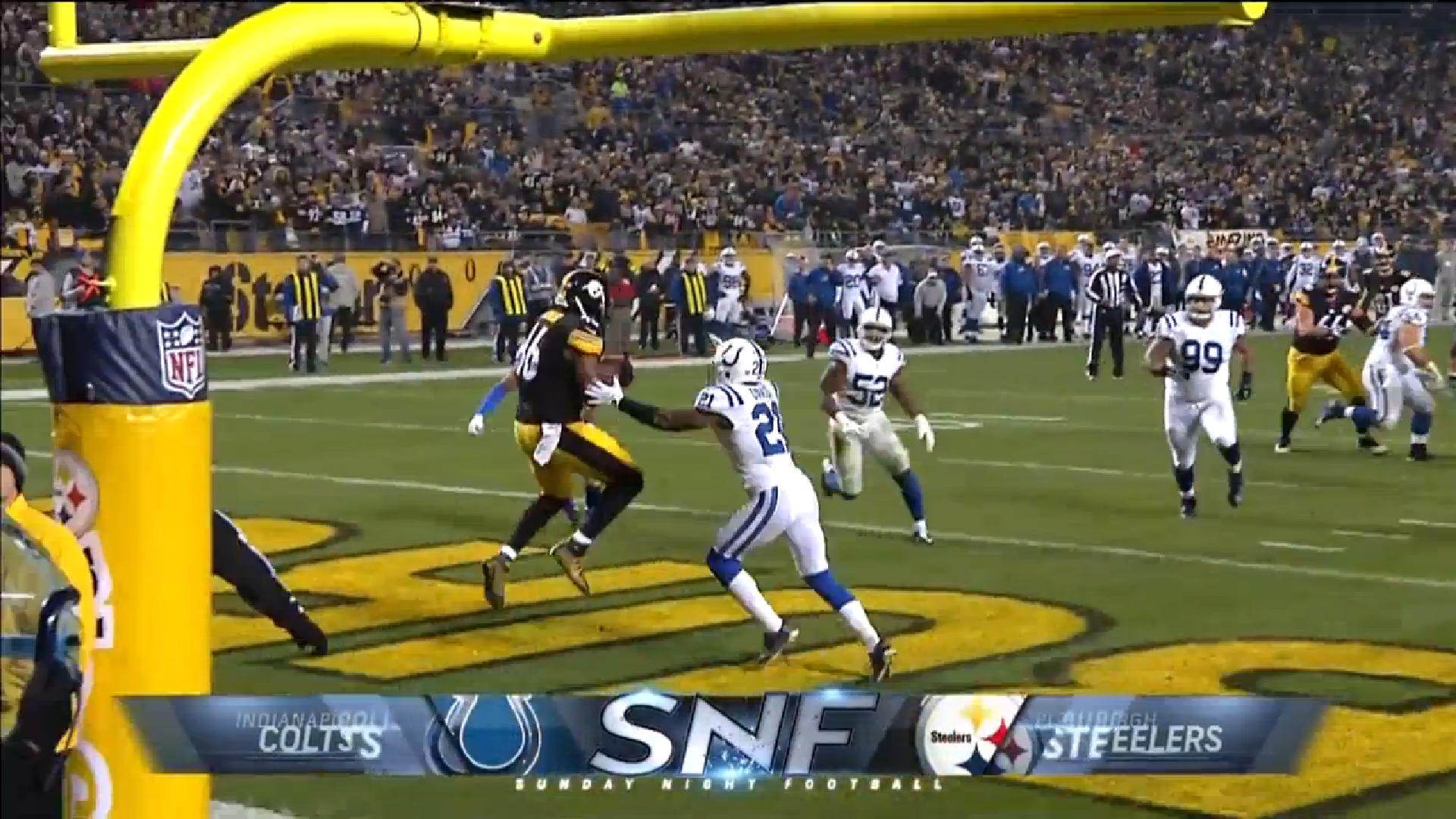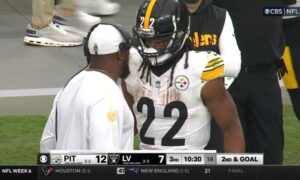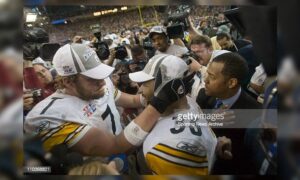It doesn’t seem all that long ago that you couldn’t even force Pittsburgh Steelers head coach Mike Tomlin to attempt a two-point conversion in any but the most clear-cut and straightforward scenarios. Yesterday, we hear talk of him discussing with his quarterback, Ben Roethlisberger, whether or not the offense should attempt a two-point conversion after every touchdown during the 2016 season.
Tomlin and two-point conversions haven’t always been great friends, and the media hasn’t always been so kind about their relationship either. In fact, the two parties actually have a bit of a complicated history that has taken years to get where it is today.
Just a few short years ago, during the 2012 season in a 34-24 loss to the Chargers, Tomlin twice passed up opportunities after touchdowns in the fourth quarter that would have made it a two-possession game rather than a three-possession game.
Trailing 34-10 with under 10 minutes to play, the Steelers scored with a bit over six minutes to play, but kicked the extra point. A two-point conversion would have made it a 34-18 game, a point margin of 16 points, which can be accomplished with two touchdowns and two successful two-point conversions.
That wasn’t really even the bad part, however. That came after the game in Tomlin’s post-game press conference after he was asked about his decision not to attempt to make it a two-possession game with six minutes left to play, telling reporters that “until we stopped them it was going to be insignificant”.
“I was holding the two-point plays for that reason and that reason only”, he said. “Now we still have them in our hip pocket. Those specialty plays we didn’t want to put on tape unless we had an opportunity to close the gap. As you can see, we didn’t”.
Essentially, Tomlin argued that the value of not putting a two-point play on film outweighed to somewhat unlikely potential of the Steelers scoring an additional two touchdowns in that game and successfully converting two more two-point attempts. This did not sit well with quite a few people, and probably wouldn’t sit well with him today, either.
His complicated relationship with two-point conversions, however, stems all the way back to his first season in Pittsburgh as a rookie head coach, during the 2007 Wildcard game against the Jaguars. In that game, the Steelers entered the fourth quarter—plus one play—in a 28-17 hole.
After a three-and out forced by the defense, the offense responded with a touchdown drive, and went for a two-point conversion. The pass was successful, but a holding call negated it. That made it a 28-23 game.
The Steelers scored again after an interception set them up in Jacksonville’s red zone, and they again went for two, this time resulting in an incomplete pass. That made it a 29-28 lead. Either conversion would have made the margin a field goal. Or they could have just kicked extra points to secure a three-point lead.
The Jaguars proceeded to conduct a two-minute drive ending in a Josh Scobee field goal that gave them a 31-29 lead with 29 seconds to play by the time Roethlisberger retook the field, and the Steelers ended up losing and going one-and-done in Tomlin’s first postseason as a head coach because of his decision to go for two two-point conversions that failed.
He has certainly come a long way since then. He installed the ‘Seven Shots’ drill to open each series a year after that Chargers game, and that translated into the team converting eight of 11 two-point attempts in 2015, which set a record for the most attempts, and the most makes, in a single season in NFL history. If recent comments are any indication, they are looking to shatter that record in 2016.








